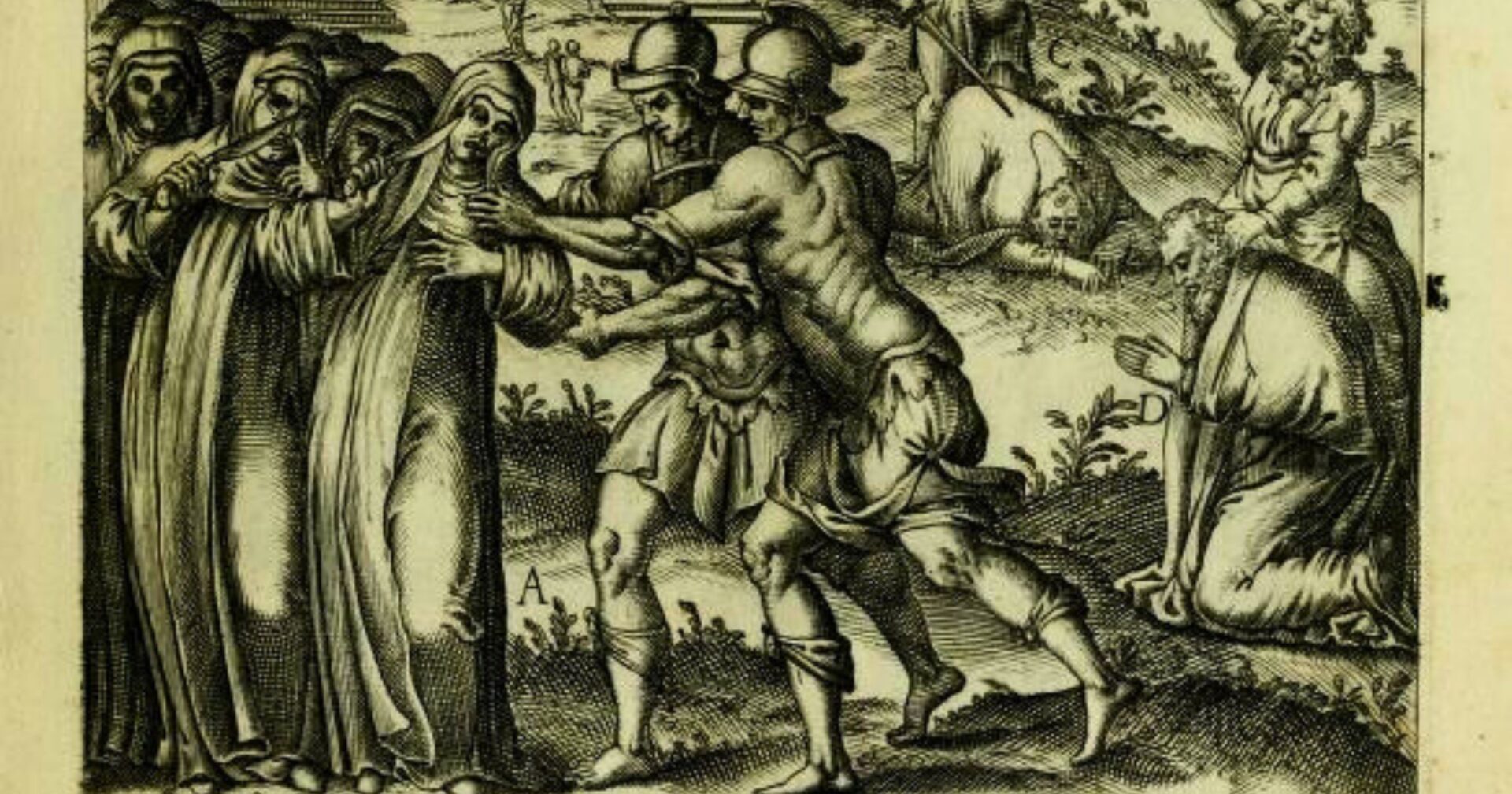Have you ever heard the phrase, “cutting off your nose to spite your face”?
This intriguing idiom cautions us against impulsive, self-destructive acts, fueled by anger or revenge.
But did you know it might trace its origins to a startling, almost unbelievable, historical event?
In the harsh realities of the Middle Ages, disfigurement was a grim, but not uncommon form of punishment.
Stationed in the serene Scottish town of Coldingham around the 9th century, Saint Æbbe, also known as Æbbe the Younger, led a Benedictine Abbey. This peaceful existence, however, was disrupted when the shadow of Viking invaders loomed large.
Faced with a terrifying threat, Æbbe made an unthinkable choice. She disfigured her own face, carving off her nose—a horrifying spectacle that her loyal nuns emulated. The Vikings, taken aback by this ghastly sight, decided to leave the women unharmed.
Sadly, this tale doesn’t end with heroism rewarded. The same invaders soon returned to set the abbey ablaze, ending the lives of Æbbe and her nuns in a cruel twist of fate.
Saint Æbbe’s tale is more than just a historical account; it’s a haunting narrative that may have breathed life into an idiom we still use today: “cutting off your nose to spite your face.”
Her extreme act, driven by fear, faith and courage, encapsulates the essence of this saying.
Her story is not just a relic of the past, but a timeless parable cautioning us to think twice before we act!



















